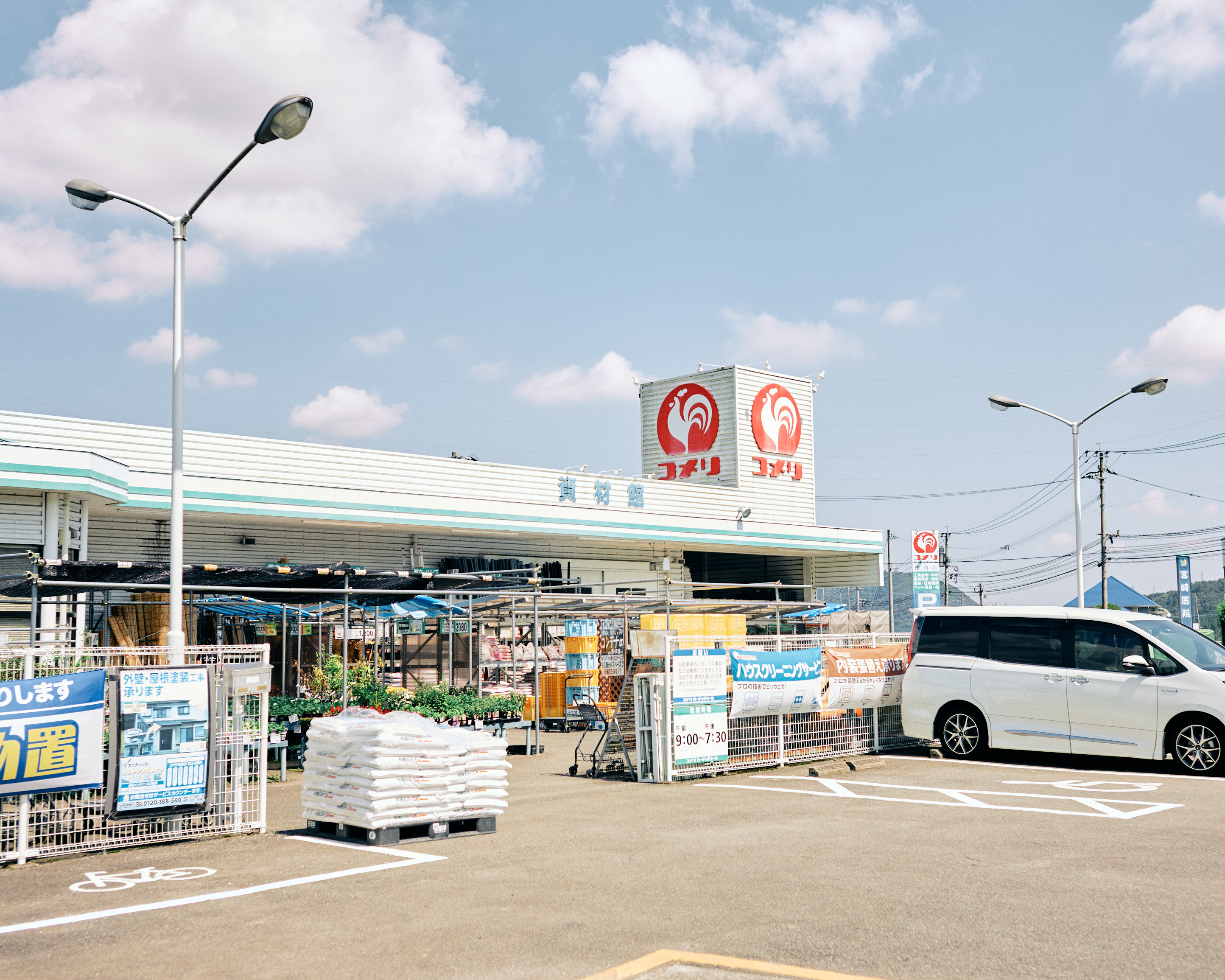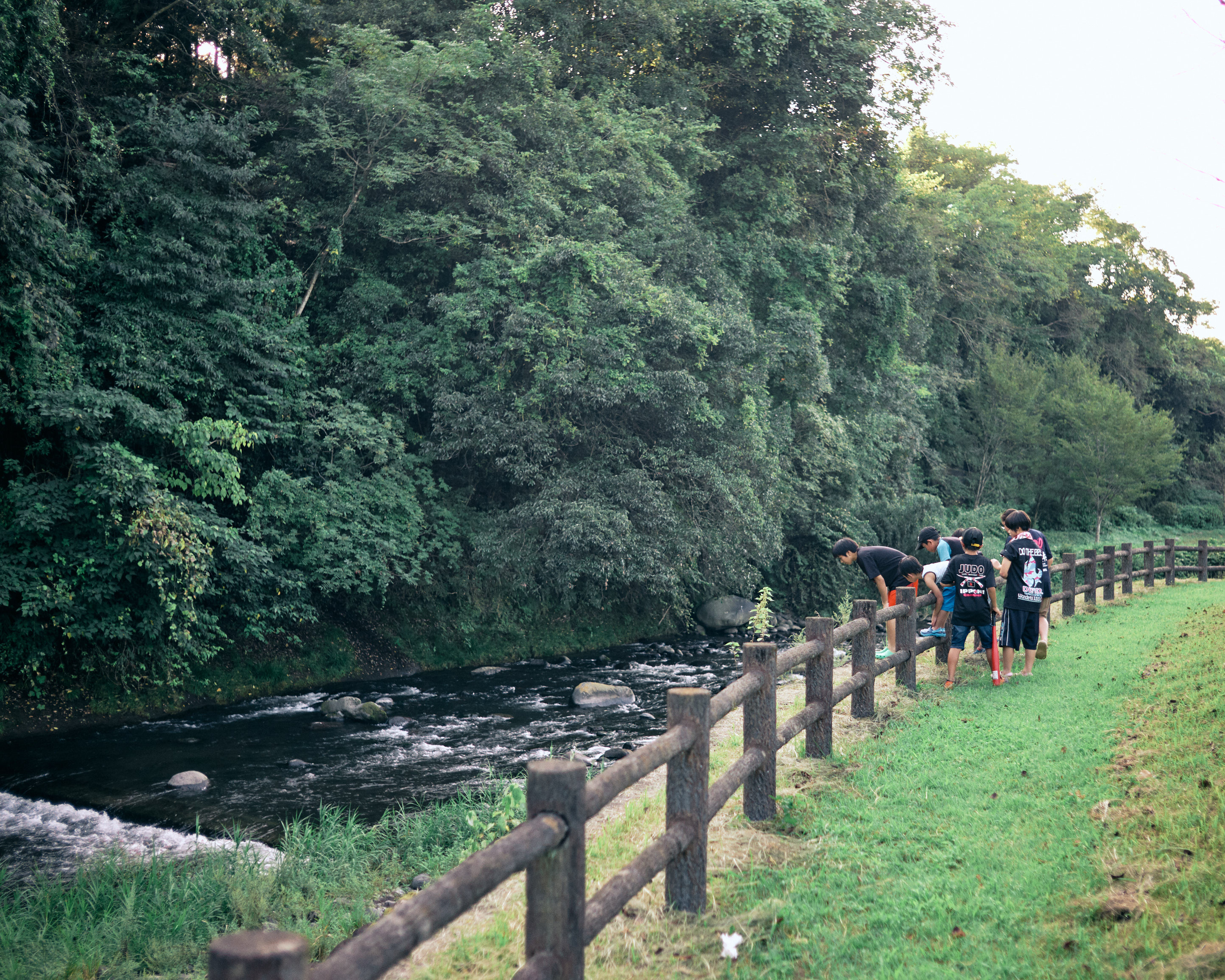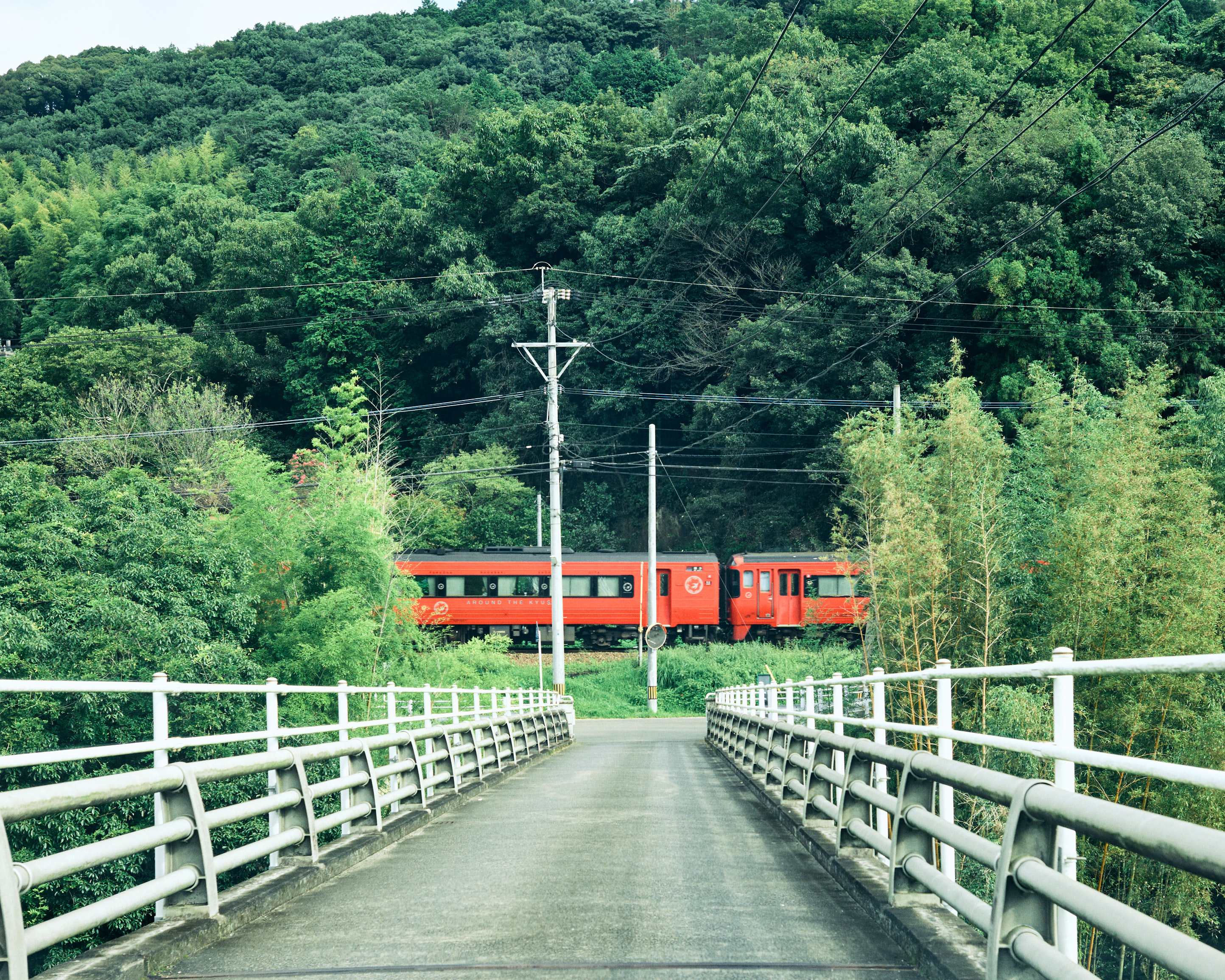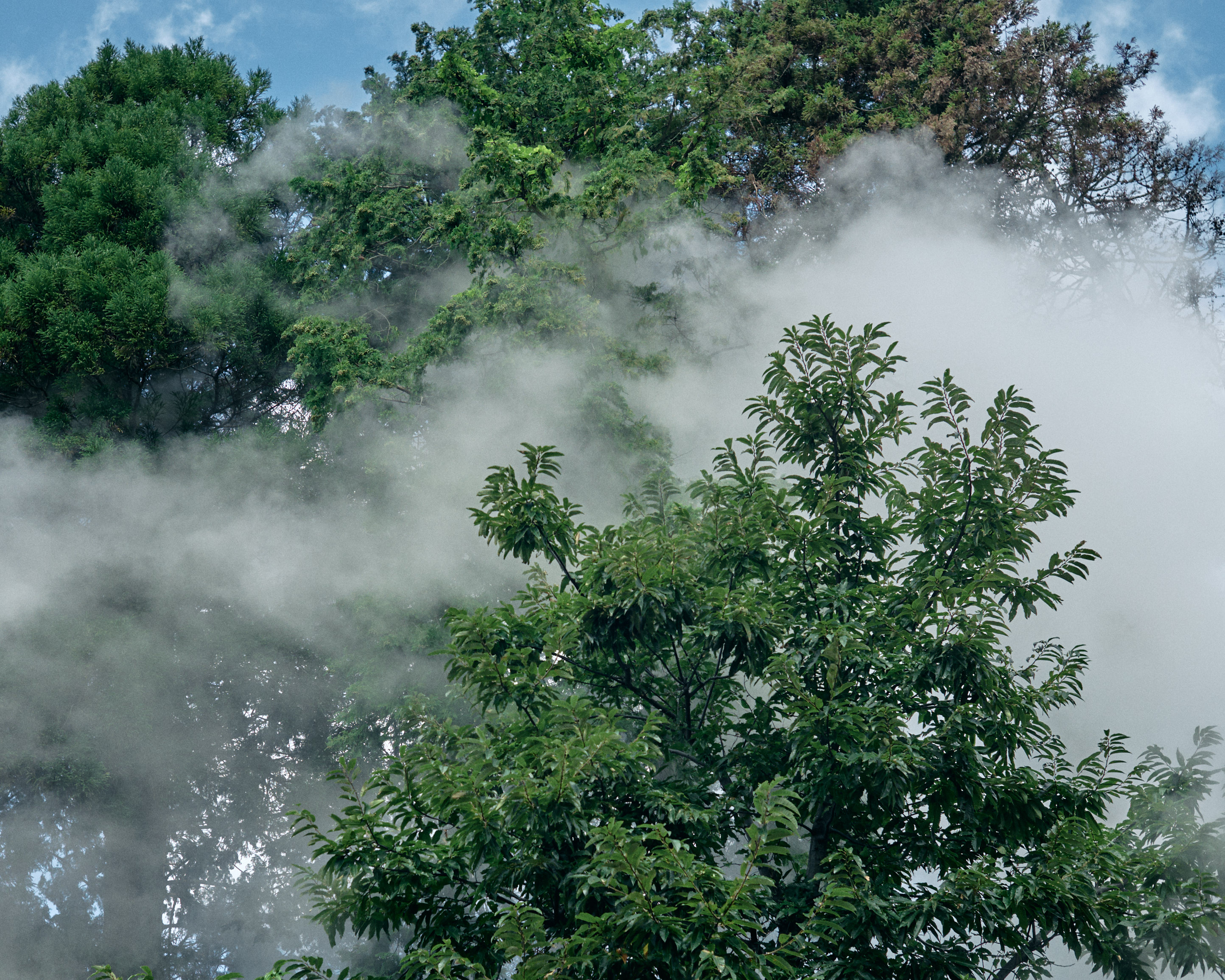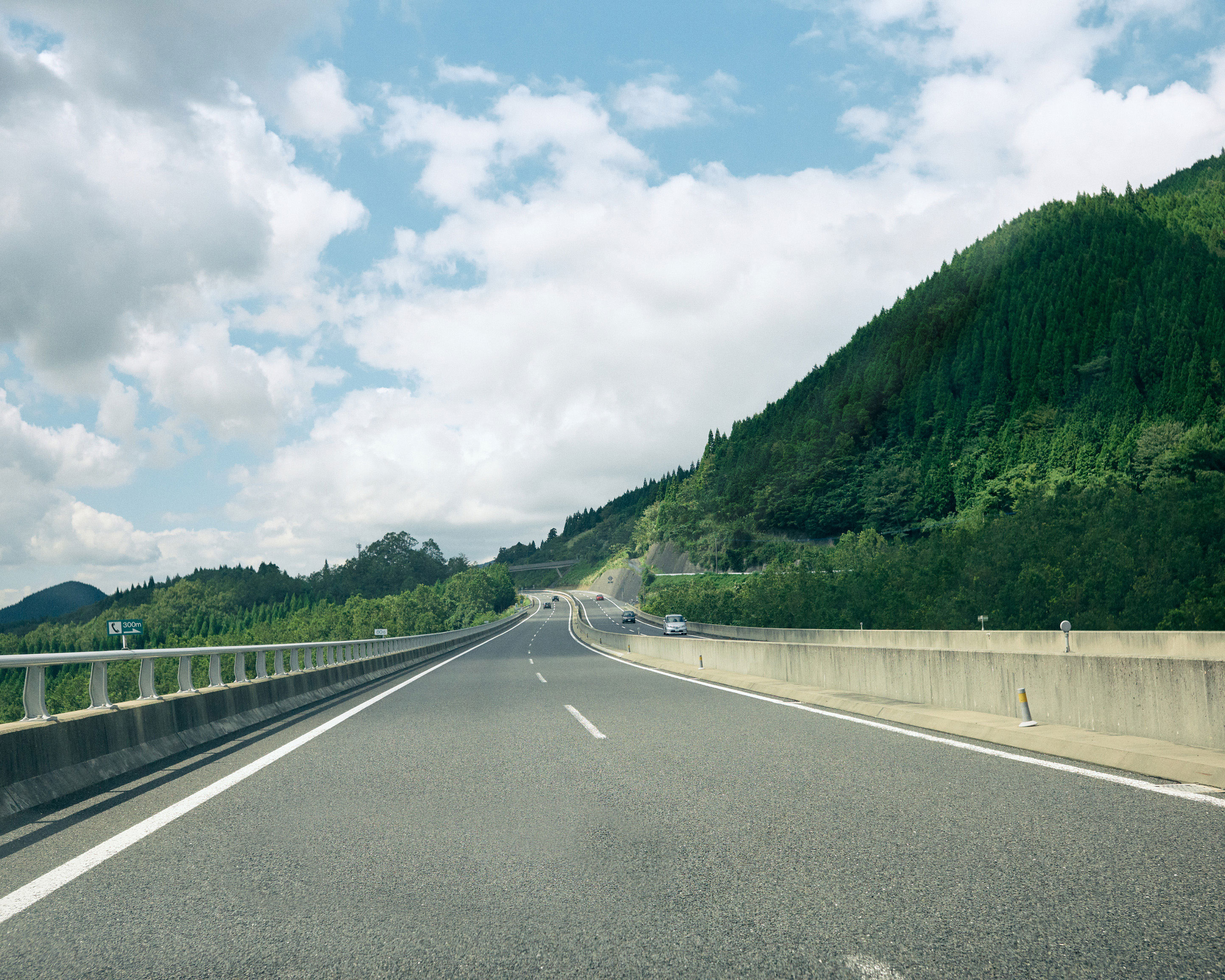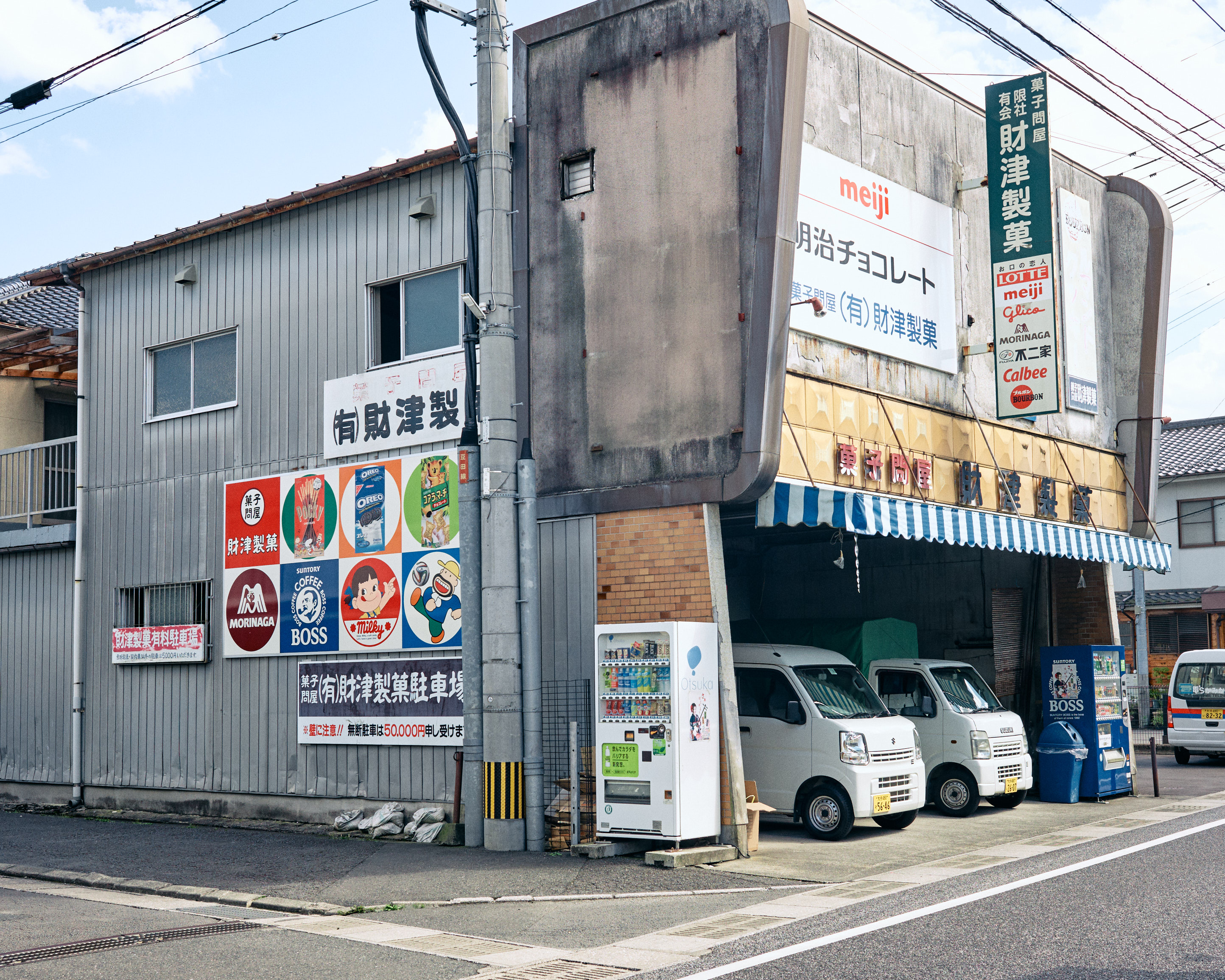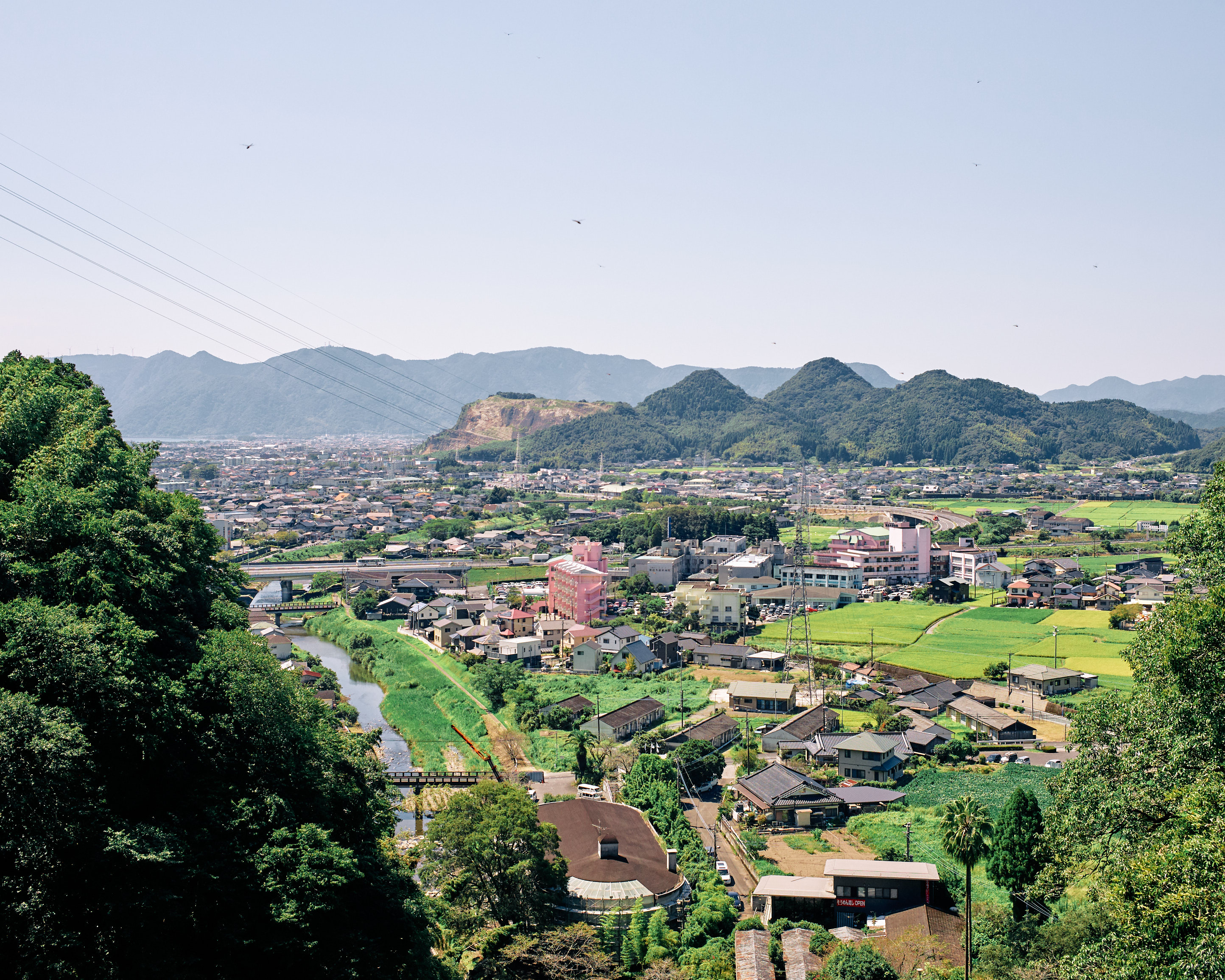It’s hard to sell Kyushu.
When people think of Japan, they think shiny robots, cute anime, dirty anime, temples, old men making sushi, old men making ramen, bamboo forests, Japanese Donald Duck, lavender farms, giant crabs, tatami, moving lights, fast trains, vending machines, bowing, bowing again, heating toilets, rinse and repeat.
All those images, etched behind our eyes way before we picked up a travel brochure, read a travel blog, booked tickets – they aren’t usually images of the southern island. Kyushu is usually not one’s first choice when entering Japan.
It’s hard to sell Kyushu.
One has to be tired. Tired of Tokyo, tired of Kyoto. tired of all the tourists and migrants (if one can tell the difference) selling you stuff that’s made in a factory but packaged as if your grandmother’s spirit lives within it. Tired of the seduction, the colourful, electronic billboard, the perfect kerning of typography, the white design, the surface scratching kindness, tired of the unforgiving, demanding expectations to give everything not only your best, but your whole life. Tired of all the shrines, the ‘oldness’ of the culture, the hierarchy, the rules. Tired of doubting if all this is real-life or just fantasy.
It’ll take a while, like a few trips, maybe a few years, decades even. Some never made it out of the Yamanote line, some are still trapped in one of the hundred shrines of Kyoto. You never have enough time to fully explore Japan.
Oh but it’s hard to sell Kyushu.
One has to be older. Japanese trains and buses are fun but if you really want to travel on your own terms, if you want to stop over at a rest stop just to buy a chestnut-flavoured soft serve, to be selfish and spontaneous, to stop calculating fares, keep track of schedules, and for once, not having to figure out a subway map and squeeze through peak hour like you’re stuck in World War 2 movie, you need to be older, you need to drive. Freedom costs money during a trip, and it’s worth paying for.
One has to be romantic to be sold on Kyushu.
It’s easy to escape Tokyo, just catch a train two hours in any direction and you’ll see green. But Kyushu, Kyushu needs another flight, another bullet train ride, a road trip. You can’t half-arse your way to Kyushu like it’s a weekend getaway. It’s chivalry – you need time, you need effort. Kyushu requires your attention. You need to want to come.
And when you get there, you realise you could walk out in your shorts and sandals, or you could suit up in blings – no one really cares. People don’t judge you if you mix wasabi in your soy sauce or point the teapot towards the guests. People don’t care because, by the time you get to Kyushu, you don’t care.
You’re too busy staring at the sky, the oceans. Oceans, in the shades of green, blue, and emerald, reflecting the continuous rows of bonsais the height of skyscrapers. Negative ions fill up your body and suddenly you wonder why you stress about life.
For the first time ever, real-life looks better than ads. This is the land of inspiration behind Totoro – as if the industrial belly of a robot has been turned inside out. The tiny leaves coming out of the cracks of the wall are real. The Kagoshima eco-system is an ancient culture by itself. You don’t believe in hot springs, but you can’t deny the radiant glow after a bath in Oita. Itoshima feels like Tasmania but a scenic drive away. You see the stars, accompanied by the symphonies of cicadas.
The whole island exists as a counter-argument to the rest – Tokyo is just trying too hard and passive-aggressive, Kyoto is stuck up, Osaka talks too much about money. Kyushu feels like the back of house of a restaurant – they joke and curse, but they will feed you and take care of you like family. Kyushu is that girl with her hair down and no makeup because she doesn’t need it.
It’s hard to sell Kyushu.
People find it impossible to imagine.
Let’s keep it that way.







